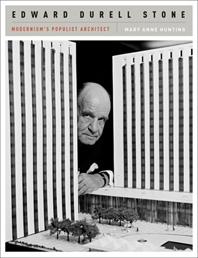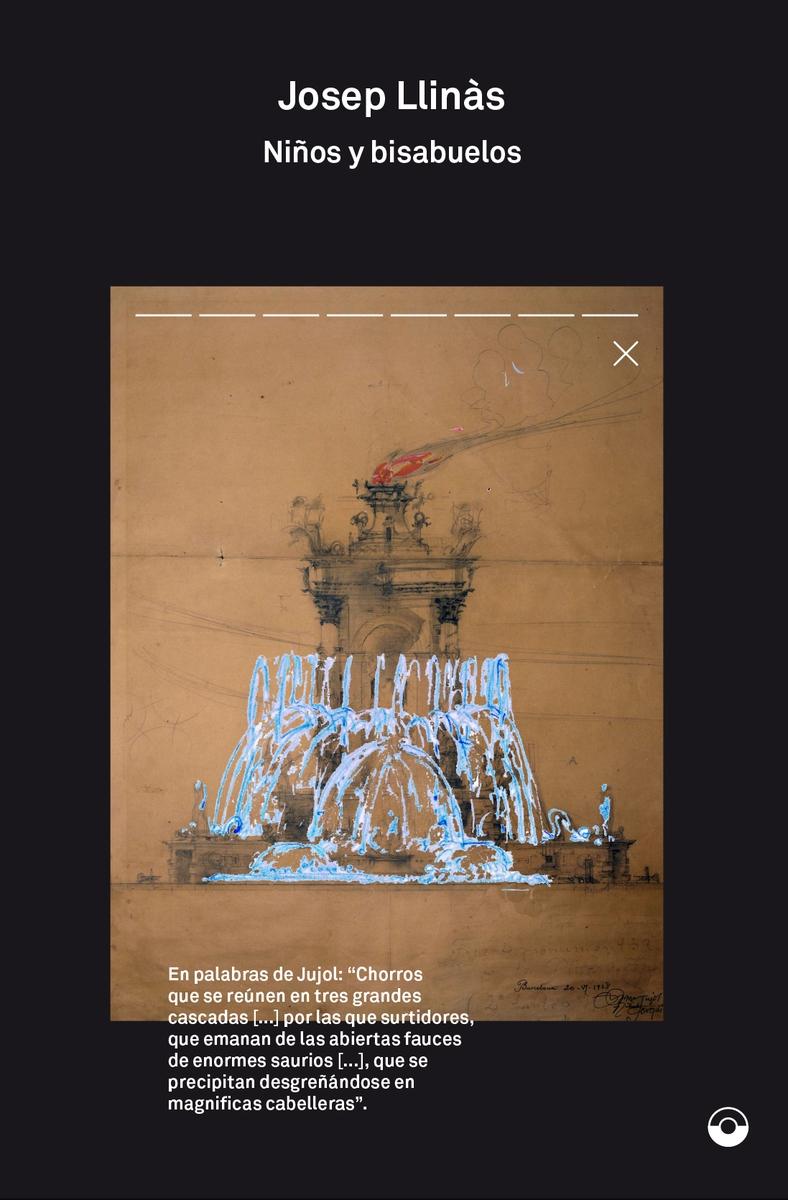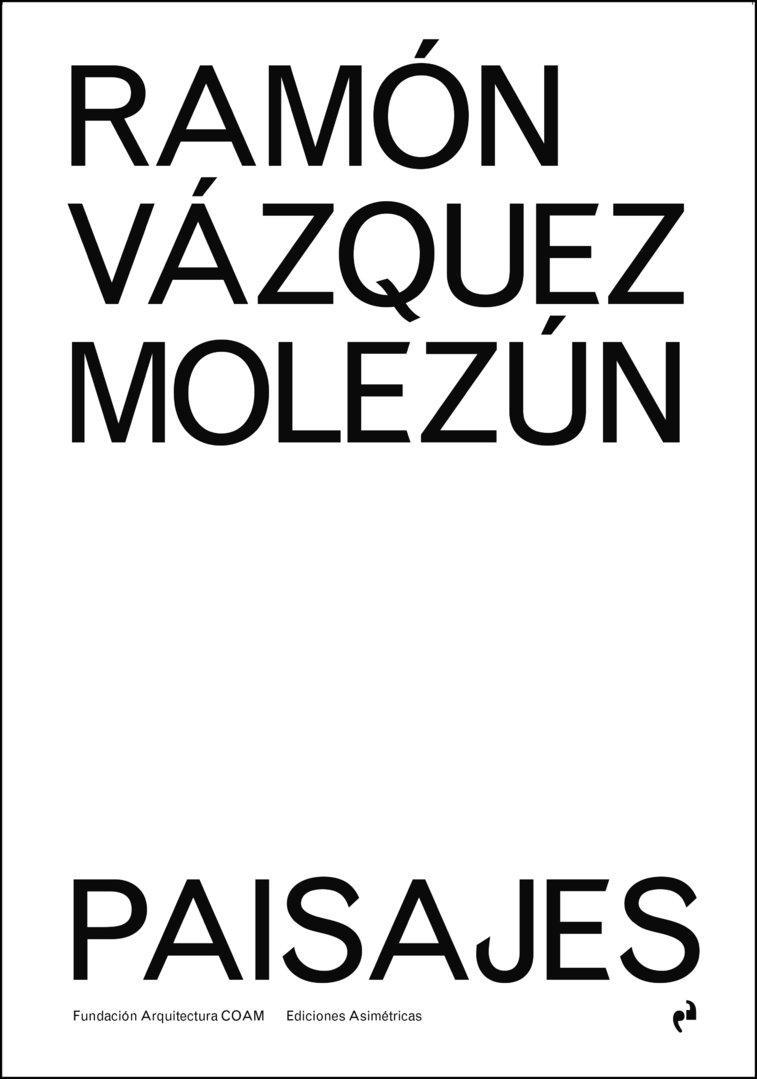STONE: EDWARD DURELL STONE. MODERNISM'S POPULIST ARCHITECTURE

Autor/es
- EAN: 9780393733013
- ISBN: 978-0-393-73301-3
- Editorial: W.W. NORTON & CO.
- Año de la edición: 2012
- Encuadernación: Cartoné
- Páginas: 176
- Materias:
monografías de arquitectos
países: arquitectura y arte
estados unidos: arquitectura y arte
Sin stock. Envío en 15/30 días
pvp 52,44 €
Framed between the Great Depression and the oil embargo of the early 1970s, the distinguished career of the native Arkansan is represented on four continents, in thirteen foreign countries and in thirty-two states--his masterpiece the American Embassy chancery (1953-59) in New Delhi, India. Recognised in his prime as one of the nation's most sought-after architects, Stone's vast and prestigious workload brought prosperity on a scale rare in architecture in his time; after the death of Frank Lloyd Wright, some supporters thought Stone seemed destined to take the place of his personal hero and close friend as the great national architect. But Stone also drew divergent reactions. Such International Style buildings as his Museum of Modern Art (1935-39) in New York City, an austere, unornamented volume, won critical approval; in contrast, his monumental postwar architecture--the John F. Kennedy Center for the Performing Arts (1958-71) in Washington, DC, among the best known--exposed popular tastes by offering a broader definition of Modernism inclusive of decoration. Enhanced interest in Stone's architecture has been spurred by the reconsideration of a number of his buildings. The former Gallery of Modern Art (1958-64) at 2 Columbus Circle in New York City, which was lost to a near complete makeover, stimulated vigorous and at times contentious discussion that made evident the need for an objective reassessment. His legacy--of giving form to the aspirations of the emerging consumer culture and of reconciling Modernism with the dynamism of the age--is established in Edward Durell Stone: Modernism's Populist Architect.





